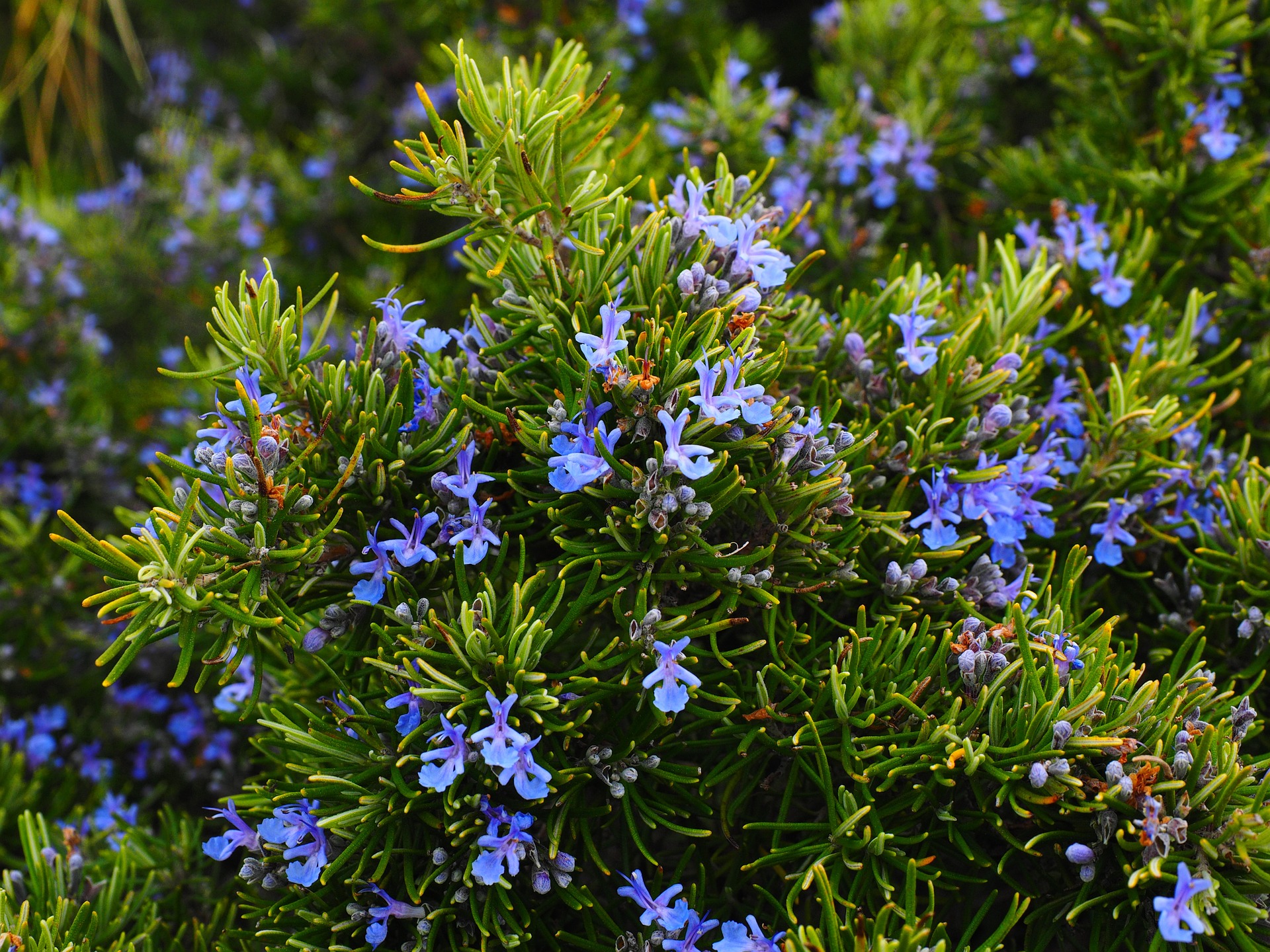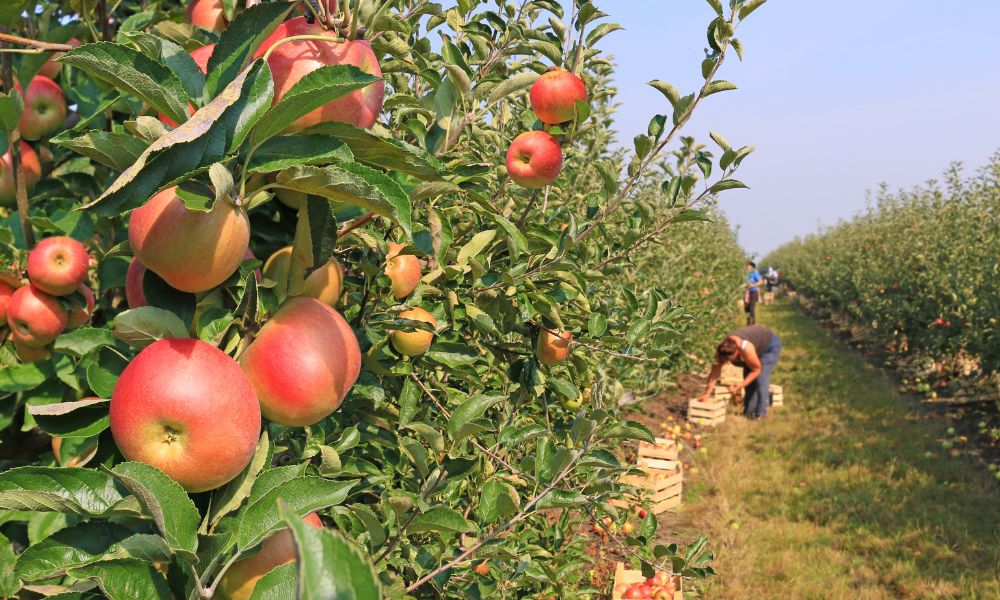Rosemary, a fragrant herb with a long history, is prized for its culinary, medicinal, and cosmetic properties. Its distinctive aroma and flavor make it a popular ingredient in various dishes, while its essential oil is used in aromatherapy and skincare.
A Brief History
Native to the Mediterranean region, rosemary has been cultivated for centuries. The ancient Greeks and Romans used it in religious ceremonies and as a symbol of remembrance. It was also believed to improve memory and concentration.
Culinary Uses
Rosemary’s strong, pine-like flavor complements a wide range of dishes:
- Roasted Meats: Rosemary pairs exceptionally well with roasted lamb, pork, and chicken.
- Seafood: It adds a unique flavor to grilled fish and seafood stews.
- Vegetables: Rosemary can enhance the taste of roasted vegetables like potatoes and carrots.
- Soups and Stews: A sprig of rosemary can elevate the flavor of soups and stews.
- Bread and Pastry: Rosemary adds a savory touch to bread, focaccia, and pastries.
Medicinal Properties
Rosemary has been used in traditional medicine for centuries. Some of its potential health benefits include:
- Improved Memory: Studies suggest that rosemary may enhance cognitive function and memory.
- Pain Relief: Rosemary oil can be used to relieve muscle pain and headaches.
- Antioxidant Properties: The antioxidants in rosemary may help protect cells from damage.
- Anti-inflammatory Effects: Rosemary oil has anti-inflammatory properties that can help reduce inflammation.
Growing Rosemary
Rosemary is a relatively easy plant to grow. It thrives in well-drained soil and full sun. Here are a few tips for growing rosemary:
- Pruning: Regular pruning can help maintain the plant’s shape and encourage new growth.
- Harvesting: Harvest rosemary leaves by snipping them off the plant.
- Drying: Rosemary can be dried and stored for later use.
Whether you’re using it in the kitchen or for its medicinal properties, rosemary is a versatile herb that can enhance your life in many ways.



